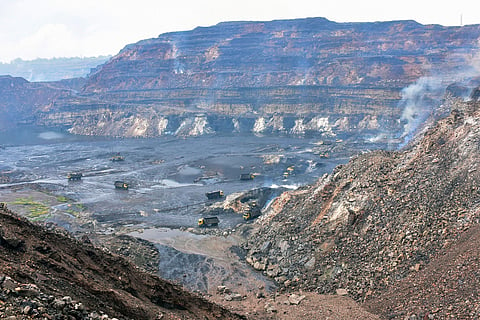

A new method to mitigate Acid Mine Drainage in the coal mines of Northeast India has been developed by the researchers at the Indian Institute of Technology (IIT), Guwahati. They claim that this is the first study that demonstrates bioremediation.
The research was published in the chemical engineering journal, Acid Mine Drainage (AMD). The research itself refers to wastewater that is generated from coal mines (or any polymetallic mines) which contains sulfate, iron and various toxic heavy metals in high amounts, as stated in a report by PTI.
As per officials, the research offers an efficient sustainable treatment approach to mitigate AMD pollution while addressing the long-term operational sustainability issues encountered in Constructed Wetlands (CW) receiving AMD.
Moreover, a biochemical mechanism has been developed to understand the functioning of different fundamental processes that co-occur in CW.
The researchers studied the season-wise variation (monsoon, pre-monsoon and post-monsoon) of AMD discharge in Northeastern Coalfields (NEC).
The preliminary findings of this laboratory-scale study demonstrated their potential for field-scale applications at the NEC for direct mine drainage and provide an effective sustainable solution for the mitigation of AMD pollution.
Saswati Chakraborty, Professor at the Department of Civil Engineering, IIT Guwahati, said, "The preliminary findings from this research propose an effective strategy to manage the extremely acidic AMD from the NEC, which remains to be a challenging source of water pollution and environmental contamination due to mining activity in this region."
It is the belief of the researchers that if this technology is implemented, it will ensure ecosystem restoration which will benefit all stakeholders.
"The generation of AMD is a perpetual environmental issue from the NEC and to address this concern, we investigated the potential bioremediation approach using nature-based technology — CWs and obtained some very promising results which can be further implemented at field-scale applications by coal mining industries," Shweta Singh, a research scholar at IIT Guwahati said.
